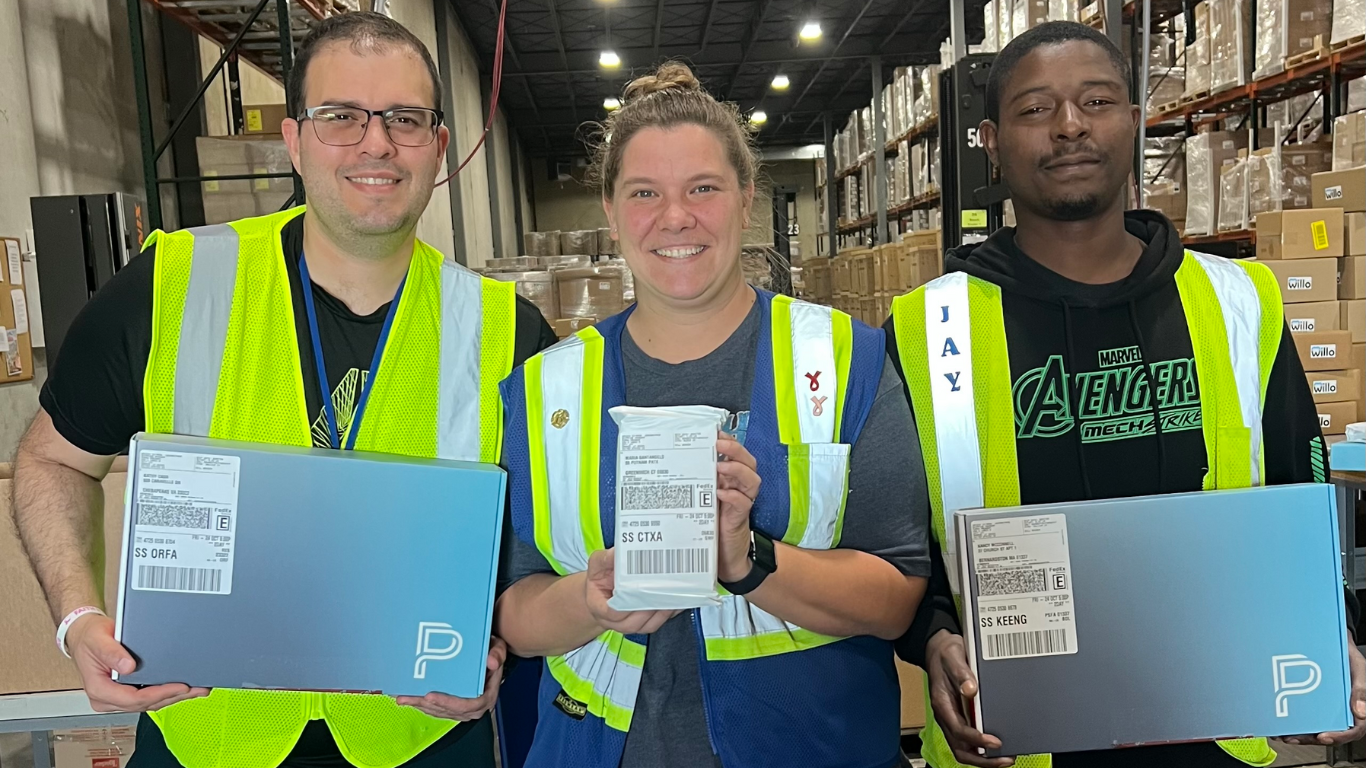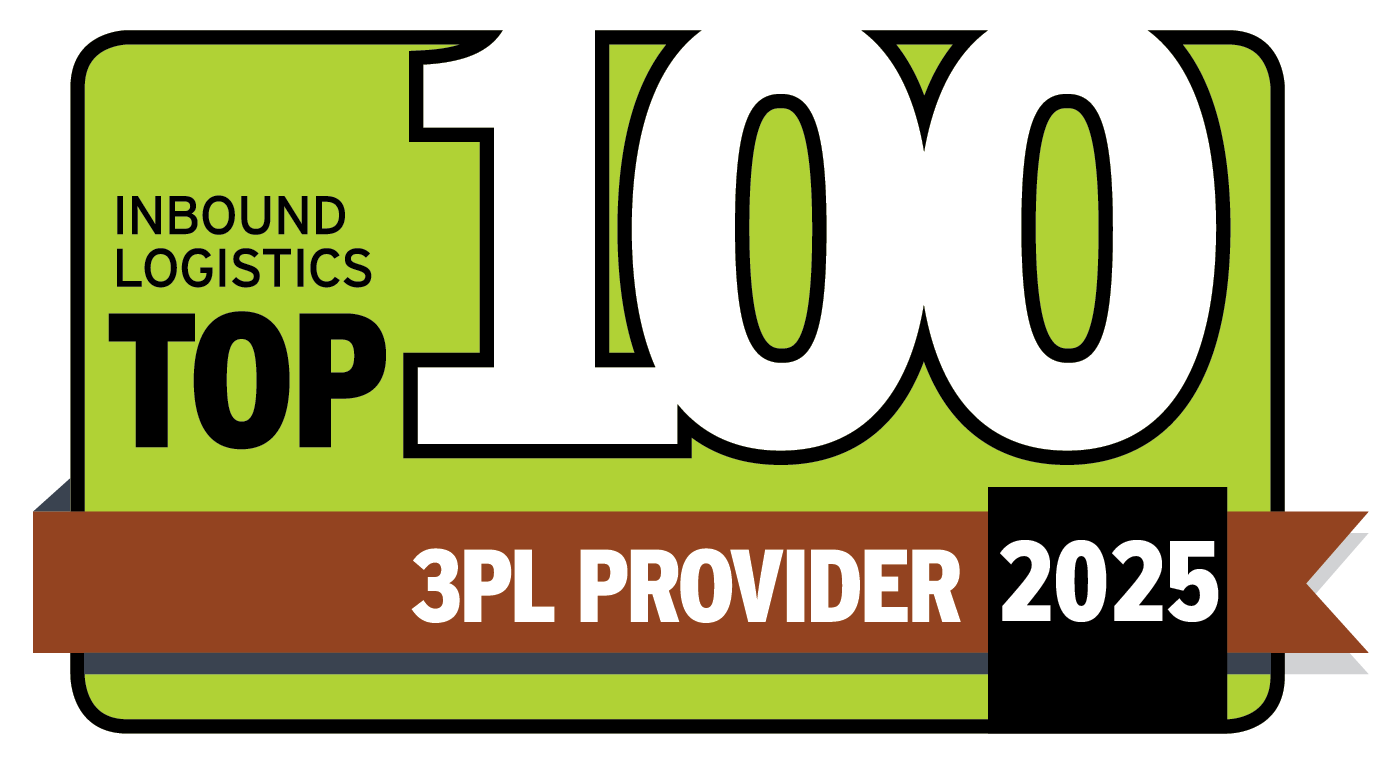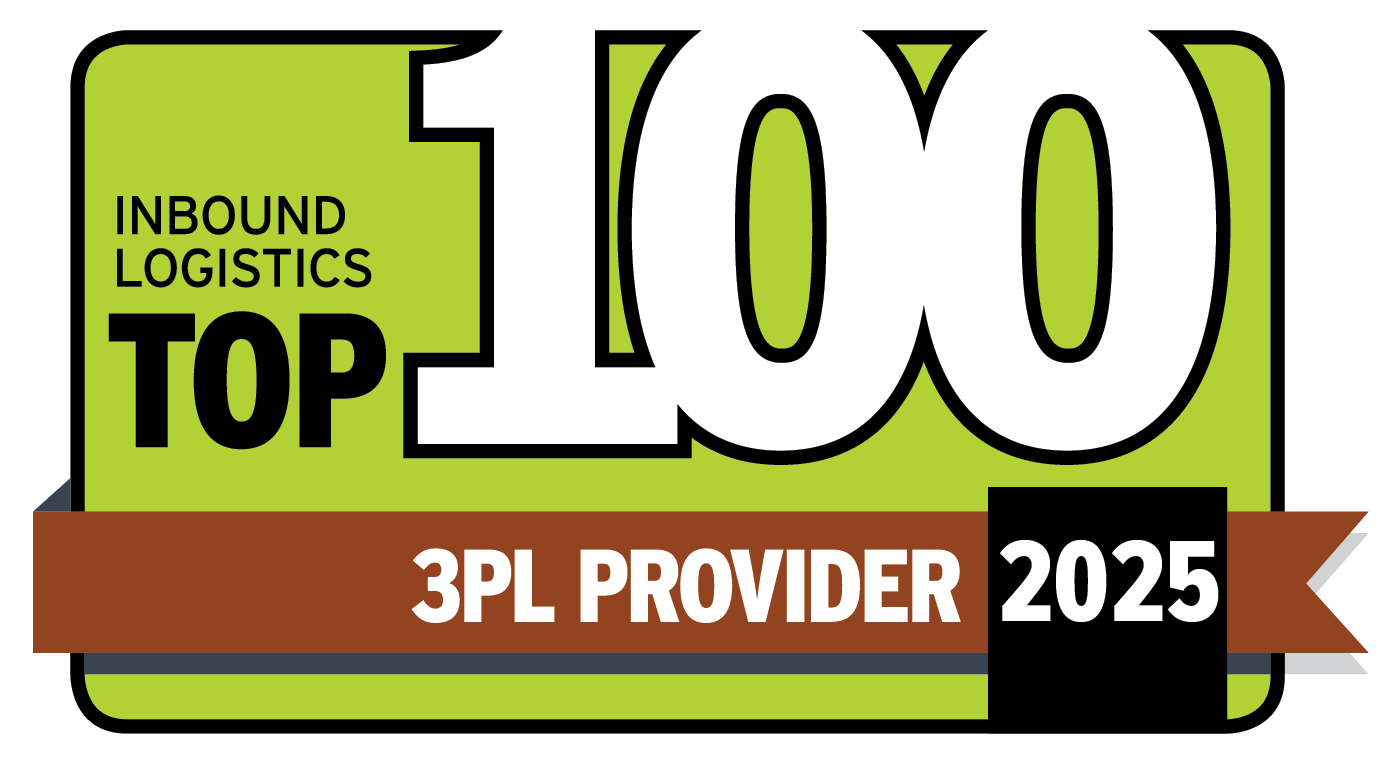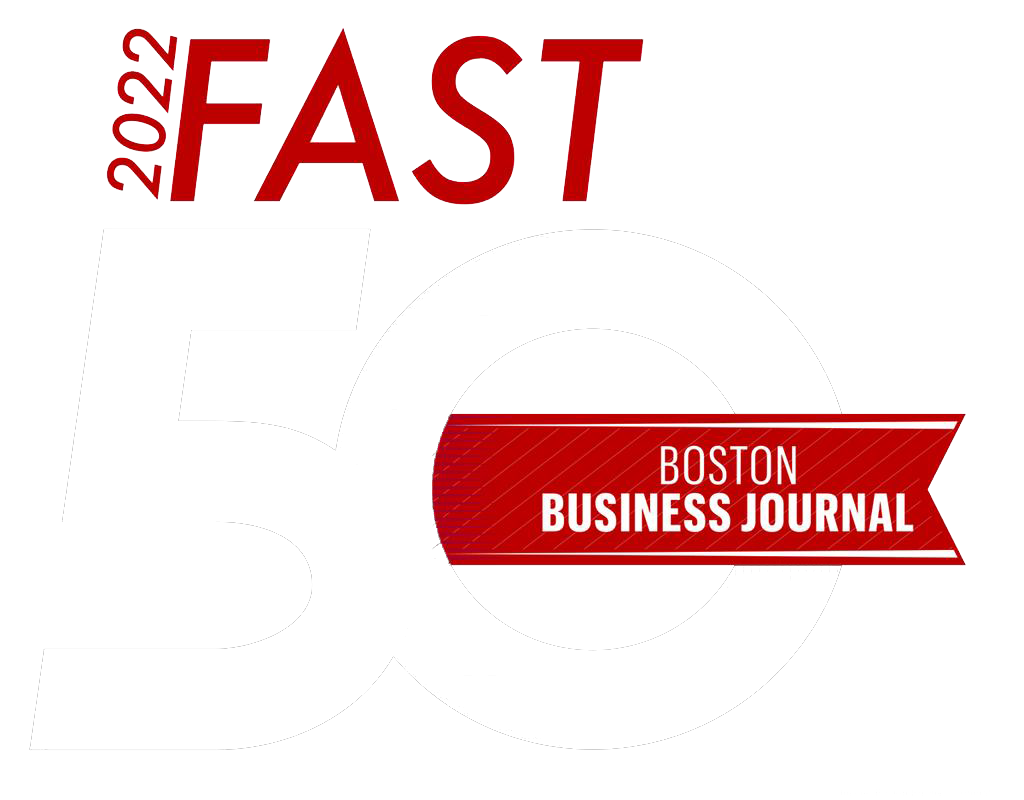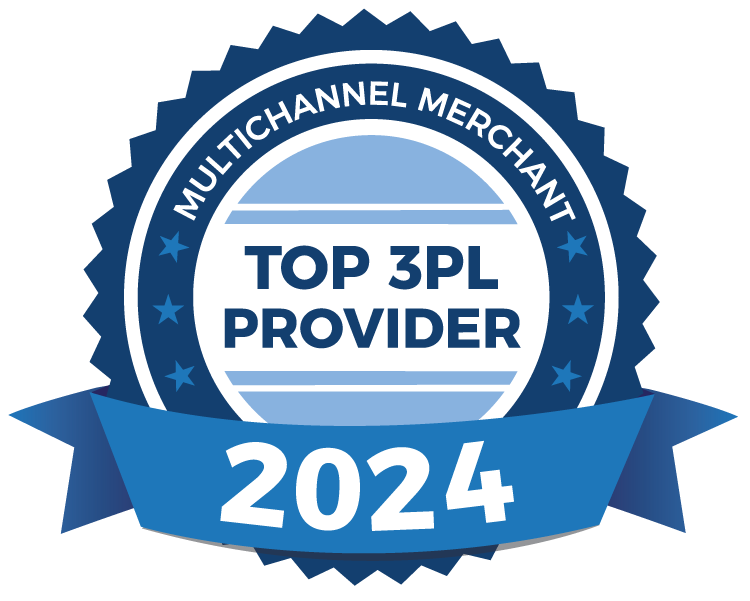Improved 3PL Performance: 4 Trends To Watch
The landscape of the logistics industry continued to evolve in 2013. The growing demands from consumers and the expansion of platforms available to place and receive orders posed new challenges for distribution centers everywhere. With these changes and expansions in the industry, fulfillment centers are developing more efficient methods to get product from point A to point B. Being a third party logistics company, 91¶¶Òõ Distribution has been able to devise our own processes to provide accurate, quality distribution services for our clients and their customers.
2013 was a tremendous year for 91¶¶Òõ Distribution Centers. In September, 91¶¶Òõ was named to the Inc. 500 | 5000 List for the fifth time. That honor was followed up in November by a feature in a special supplement of Inc. The section titled “Executive Team Alignment” was focused on 91¶¶Òõ’s growth through transparency and alignment. Additionally, in November, 91¶¶Òõ Distribution Centers was named Small Business of the Year by SEED Corporation.
With 2013 being such a busy and honor-filled year, we’re very excited to see what 2014 has in store for 91¶¶Òõ Distribution and the logistics industry as a whole. In an effort to keep up with both the heightened demand and expectations of the consumer, an increase of and focus on the processes and systems that will enable 3PLs to become more efficient partners will be critical for 2014. With this in mind, we have listed a few trends to keep an eye on over the coming months:
A focus on Omni-Channeled distribution strategies by 3PLs will be a strong trend for the new year. In today’s competitive landscape, the consumer expects a seamless experience across all retail channels. Retailers who are still focused on the brick and mortar blueprint alone will eventually have to evolve their distribution systems to meet the consumer demand. By embracing a newer, flexible distribution system, 3PLs will enable their retailer partners to quickly locate and deliver inventory to the consumer regardless of the channel.
A transition to cloud based applications will continue to impact supply chain management software. shows that 37% of respondents are gauging cloud based software while 18% are already utilizing this new technology. Cost efficiencies from lower IT support and implementation needs, along with countless storage capabilities, are making cloud options more desirable as companies look for ways to create advantages and leverage efficiency.
An increased focus by 3PL firms on Big Data. The use of Big Data and analytics in the logistics industry grew in popularity in 2013, generally with larger firms building in-house solutions. In 2014, smaller logistics firms will have greater access to big data through various Saas(Software As A Service) providers. These systems will allow 3PL companies the ability to make more data-driven decisions. In the “2014 Third-Party Logistics Study”, 93% of the 3PLs surveyed felt strongly that improved data-driven decision-making is essential to the future success of their supply chain activities and processes. In the words of Christopher W. Craighead, Ph.D., Director of Research for Penn State’s Center for Supply Chain Research, “We want to get to the point where we cannot only predict demand, but begin to shape or change the demand.” It is through the use of Big Data that supply chain operators will be able to make significant progress towards this objective.
A continuous commitment to improving culture in the 3PL industry will be an increased trend in 2014. A common thread among most successful 3PL-customer relationships is that both companies have a commitment to improving the culture of their organizations. Whether it is an increase in our sustainability efforts or a company-wide financial education program, 91¶¶Òõ Distribution is continuously making strides to improve the culture of the organization.
These are just a few of the many fresh initiatives we look forward to as we move through this new calendar year. The shows a sense of optimism for the industry. Annual revenues for 3PLs are expected to increase by an average of 14.6% through 2016. As distribution becomes more specialized to meet increasing consumer demands, the expertise afforded through a 3PL will likely be a very sought-after commodity. The opportunities and challenges that 2014 will provide will allow companies to refine and create new ways to streamline their entire fulfillment process. 2014 will also provide opportunities for 3PLs to prove their value and demonstrate their expertise as consumers are provided newer and more convenient ways to place and receive orders.
At 91¶¶Òõ Distribution, our culture of innovation, recognition and reward propels continuous improvement, customer satisfaction, customer ROI and builds rewarding customer, supplier and employee relationships that only strengthen over time. Start the year on the right foot with a customized 3PL solution from 91¶¶Òõ Distribution. For more information on 91¶¶Òõ Distribution, contact us today.
Recent Blog Posts

